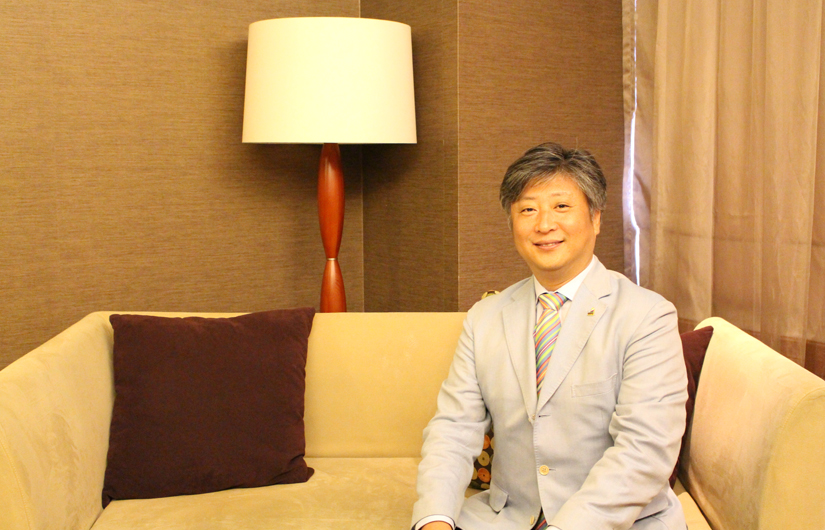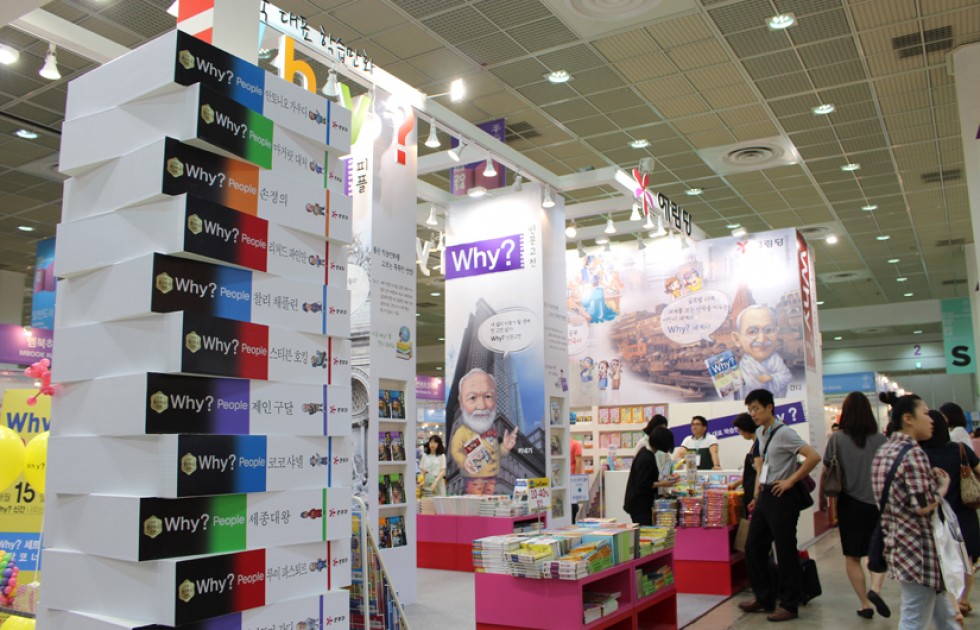Asia has been a driver of the world economy and a strong manufacturing base for well over a decade. China became known as the factory of the world. South Korea now boasts electronics giants such as Samsung that can rival Apple and other established Western brands. India has emerged as a quickly growing market, and Southeast Asia will become a strong economic bloc in its own right.
The continent, though, despite its rich culture, history and thousands of years of civilization, has made poor progress in terms of new business geared towards providing content, such as e-publishing.
Eric Yang, president and CEO of RH Korea (formerly Random House Korea), is not discouraged. Known as the trailblazer of e-publishing in Korea, Mr Yang is confident Asian countries have the potential to become major content providers.
“There are tremendous opportunities for Asia,” Mr Yang told Elite+ in an exclusive interview. “Asian countries have their 100 local dialects and each is very rich in terms of tradition and culture. It’s time for countries to provide and share and deliver this content to the outside world.”
Mr Yang, also president of the Asia Pacific Publishers Association (APPA), an organization with 16 member countries, bemoans the fact that the majority of Asian publishers still dwell in traditional publishing. “Asian countries have a lot of valuable content, such as local literature, wonderful cookbooks, travel guides and books about the nature and beauty of their countries. This is all interesting content but it’s only printed on paper and rarely gets digitized.”
He urges publishers to make greater use of technology in order to overcome geographical and physical limitations, by digitizing content and providing more interactivity in enhanced multimedia formats. The future of publishers in Asia, he says, is to become broader content providers.
“For example, if you have an old Bangkok travel guide in a traditional print format, you can digitize the old text and create extra digital content,” he said. “But a content provider won’t stop there. You can add photos, and they don’t have to be photos from the author. You can use photos off the internet and link to digital maps from Google or other map providers. Now you’ve already created new digital content and even turned it into a live digital guidebook.”
Thai content providers, for example,can promote authentic Thai cultureto tourists by creating material thatreflects the true voice of local cultureand presents it to tourists in a digitalformat. The project can be tied to thatof neighbouring countries with similarinterests and cultural roots, such asMalaysia and Indochina. Culturalsimilarities and exchanges can helpin forming business networks andexpanding markets. “We eat rice,we have black hair, and some of ourcultural similarities are based ontraditional Chinese culture,” Mr Yangsaid. “So it is so easy for us to start tounderstand each other. And for theworld, Asian culture is really just greatcontent.”
Despite the opportunities in theindustry, business developers need tobe patient with the pace of progress.It takes time for people to see howcontent can be turned into business.“I hope they understand that thiscontent business is unique in that ittakes more time to create than otherbusinesses. At first it might not be easyto see how it can grow. But when itgrows, I’m certain that Asia will”become the centre of cultural businessin the world.”
Mr Yang won’t wait for businesspeople to come round to the idea. Next year the APPA will launch the first content fair in Korea. “It will be the first type of trade fair for the business of content,” he said. “So let’s try to get more passion from each country, and people in the West and the world will pay more attention to the region.”























































































































































































































































































































































































































































































































































































































































































































































































































